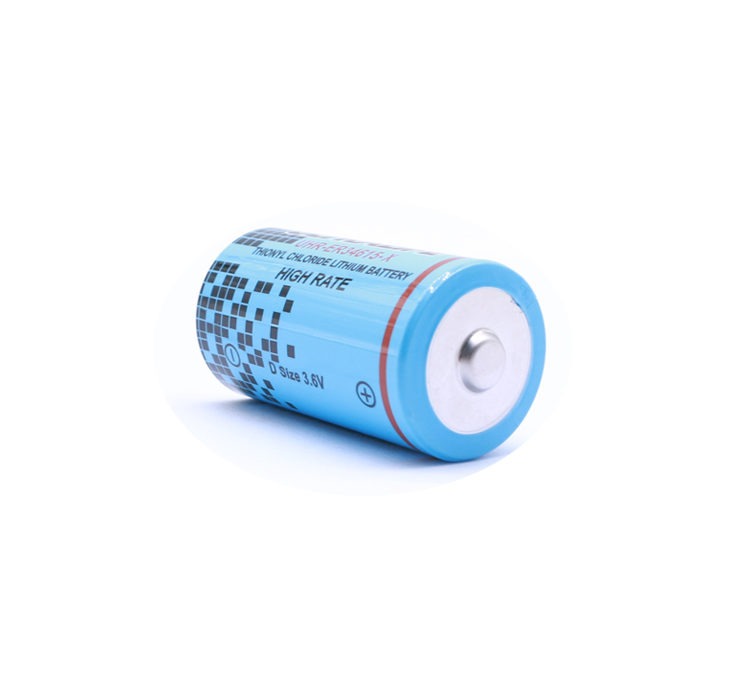Many partners want to know the correct use of lithium batteries, the guys do not rush ha, the next four ways to introduce the correct use of lithium batteries.
Although lithium-ion batteries rarely have the memory effect of nickel-cadmium batteries, the principle of the memory effect is crystallization, in lithium batteries will almost not produce this reaction. However, lithium-ion battery capacity will still decline after multiple charges and discharges, the reasons for this are complex and varied. The main reason is the change in the positive and negative electrode materials themselves. On a molecular level, the cavity structure holding the lithium ions on the positive and negative electrodes gradually collapses and clogs; from a chemical point of view, it is the passivation of the positive and negative electrode materials’ activity and the occurrence of side reactions to generate stable other compounds. Physically, there will also be gradual flaking of the cathode material, etc. In short, this ultimately reduces the number of lithium ions in the battery that are free to move during the charging and discharging process.
1, lithium battery instant charging
This is due to the lithium battery after discharge, will enter the sulphation process, if the immediate charging, you can eliminate the not serious sulphation. Therefore, lithium batteries should be charged as soon as possible after use, to maximize the battery power in a rounded and full state.
2, lithium batteries regularly deep discharge battery
Regularly carrying out a deep discharge is also conducive to “activation” of the battery, which can slightly enhance the capacity of the battery. The general method is to carry out a complete discharge of the battery on a regular basis.
3, storage of lithium batteries
When the battery is not used for a long time, the battery should be disconnected from the vehicle and spaced out for a period of time to replenish the battery to avoid self-discharge, or the power consumption of the protection plate will over-discharge the battery.
4, lithium batteries try to use the original battery charger
Generally do not replace the battery charger at will when it is not mastered. It is recommended to use the original battery charger
Over-charging and over-discharging will cause permanent damage to the positive and negative electrodes of lithium-ion batteries, from the molecular level, it can be intuitively understood that over-discharging will lead to excessive release of lithium ions from the negative carbon and make its lamellar structure collapse, over-charging will put too many lithium ions hard into the negative carbon structure, and make some of the lithium ions can no longer be released. This is why lithium-ion batteries are often equipped with charge and discharge control circuits.
Unsuitable temperatures will trigger other chemical reactions within the lithium-ion battery to create unwanted compounds, so many lithium-ion batteries have protective temperature-controlled diaphragms or electrolyte additives between the positive and negative electrodes. When the battery warms up to a certain point, the compound membrane pore closes or the electrolyte denatures, the internal resistance of the battery increases until it breaks and the battery no longer warms up, ensuring a normal battery charging temperature.
After using most of the year, it is best to go to the maintenance center to do battery maintenance, properly replenish the battery electrolyte, adjust the specific gravity of the electrolyte, check its storage power, keep the specific gravity of the battery electrolyte, if necessary, you can increase the number of times of charging. At the same time, it is important to clean the battery terminals and apply special grease to protect them, as this will ensure that the electric vehicle operates reliably and increase the life of the battery.
